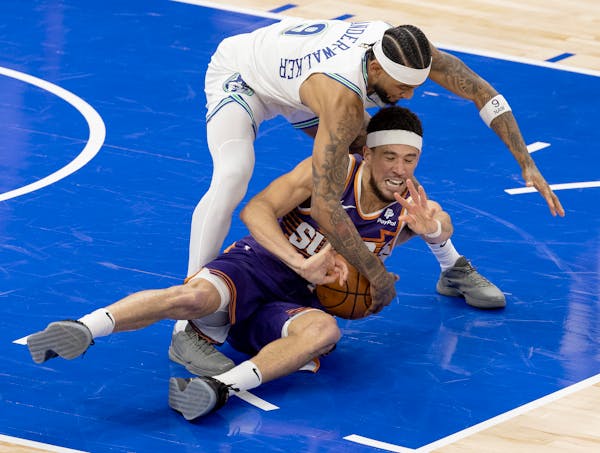Certain facts we've heard over and over about the situation in Ferguson, Mo., are that the police force is nearly all white, as are the elected officials controlling its town government, while the population is almost two-thirds black. And these realities have created a great deal of tension between the police and the black community. What I haven't heard is an explanation — these things are simply taken as natural.
But that's not a natural institutional arrangement. It's very odd for the majority of a town's residents to be one demographic group and the people controlling the city's law enforcement to be almost entirely composed of a different group. Political bodies tend to at least roughly resemble the electorate. Of course, minorities may be very underrepresented — but it's very unusual for majorities to be underrepresented.
So what's happening here? The answer, after digging into some census data, seems to be massive demographic change. In 1990, the city of Ferguson had 5,589 black citizens and 16,454 white citizens, making it about three-quarters white. By 2000, blacks were a slim majority of the population. And as of 2010, they made up 69 percent of the city, and it seems likely that trajectory has continued over the last four years.
This may be part of the "Great Inversion" that seems to be taking place in St. Louis; as the white population begins to reverse its 1950s-era migration to the suburbs, the black population is migrating out toward the suburbs.
Institutions do tend to reflect their electorates — but with a lag. When the population tips to mostly black, you don't start firing white police officers so you can replace them with someone more demographically appropriate. Even if you wanted to, that would make an open-and-shut lawsuit for racial discrimination. And if the police are protected by a union — as Ferguson's police officers apparently are — you can just forget it.
So you have to wait until there is an opening to begin to balance out the force. You also have to bypass the normal methods that small-city governments often use for recruitment, such as asking your current employees if they have any friends or family who would like to work for your department. That itself is often fraught, as no matter how sensible this is, your current officers are going to resent having something — such as the ability to help friends find jobs — taken away from them.
Demographic transition, combined with a long institutional lag, is a recipe for a yawning disconnect between the police and the community they serve. And occasionally, that disconnect turns violent. Young black men always have good reason to fear the police. But when so few of those police officers have ever been young black men, it's much harder to manage those tensions.
What is a little surprising is that it has gotten to this point in a majority-black community. My understanding of the literature on riots is that they are typically triggered by some sort of police violence against a minority, in situations where the population feels that it has no other means of redress. That they feel this way in a city where they are the majority of the electorate suggests just how powerful, and fraught, demographic transition can be.
Protect kids online

Here's how I'd broadly frame the environment that led to my firing as a teacher
Get rid of Minnesota's precinct caucuses, go to primary elections up and down the ballot


